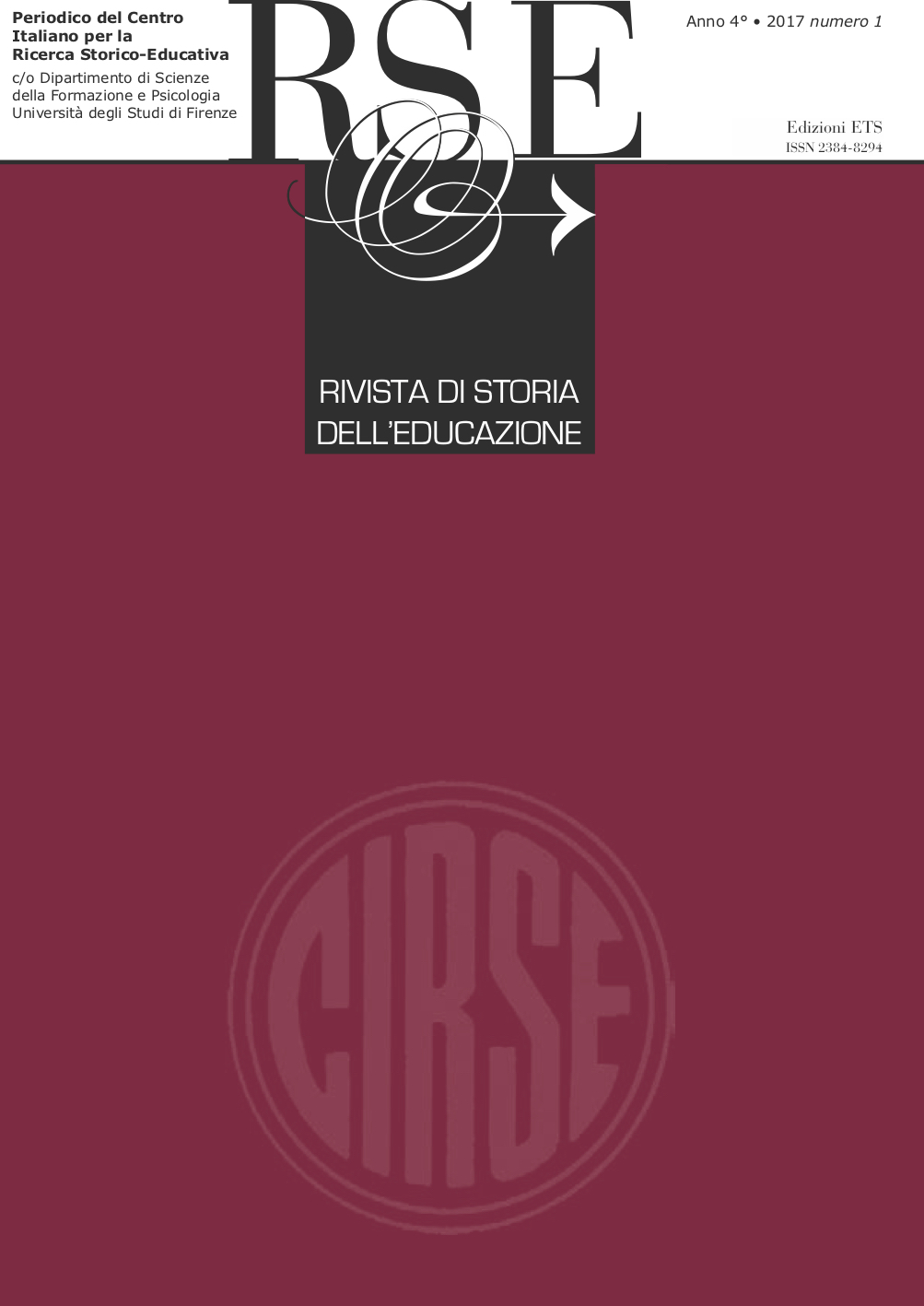Published 2017-11-13
Keywords
- Nutrition education, Home economics, Fascism, Consumerism, Advertising, Childhood
How to Cite
Abstract
In Twentieth century the central position for nutrition education belonged to the family, where children got the main indications about food. The school did an important task not for consumption education but for keeping the traditional gender difference on nutrition. Also class difference in the food habits was very deep at least till to the economic boom. To face the lack of food, during first world war the propaganda opposed the common convictions about nutrition. Fascism turned to women, giving special importance to home economics, because they had to cook Italian products and to spare.
The Italian people was largely educated to be sparing, but beginning from Sixties the advertising asked Italians to consume more and more again. In the first half of century the food habits were influenced by the political propaganda especially. In the second half of century business advertising got the central position and the image of food became more important than the contents of product. The absence of consumption education substituted the lack of food as threat to Italians’ health. The early consumer associations undertook to promote nutrition education, while the State action was insufficient and inadequate. Attention for consumption education and its teaching at school increased only after the methanol wine scandal (1986).

